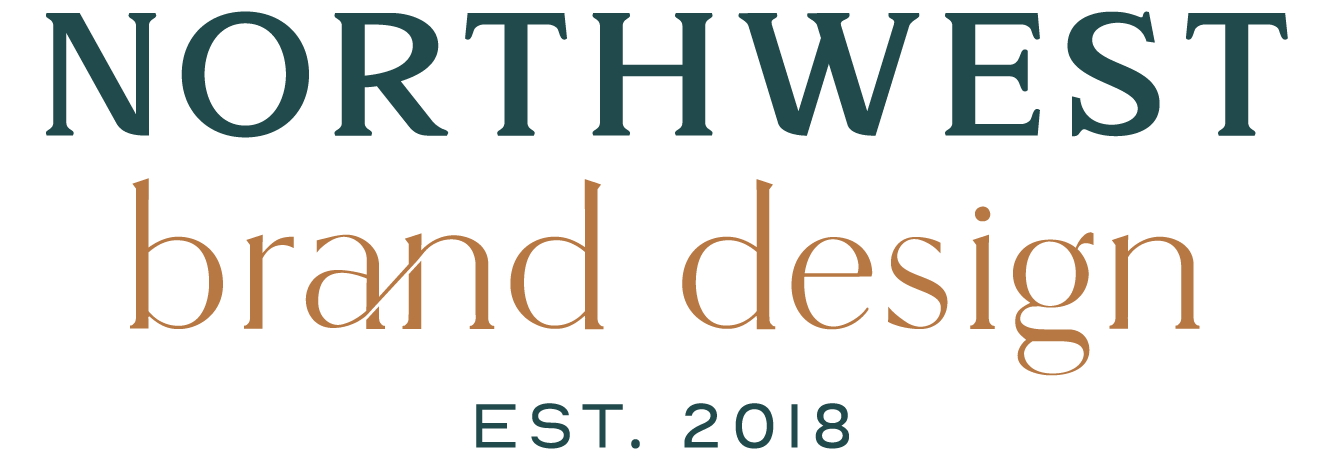Exploring the History and Evolution of Graphic Design
Graphic design is the art of visual communication, seamlessly blending imagery, typography, and creativity to convey ideas, evoke emotions, and captivate audiences. It surrounds us in every aspect of our daily lives, from the packaging of the products we consume to the digital interfaces we interact with. As we embark on this journey through the archives of graphic design history, we'll uncover the roots of this powerful medium and witness its remarkable evolution, shaped by technological advancements, cultural shifts, and the visionary minds that have pushed its boundaries.
The Origins of Graphic Design
The origins of graphic design can be traced back to the earliest forms of visual communication in human history. Ancient hieroglyphs adorning the walls of Egyptian tombs, intricate illuminated manuscripts from the Middle Ages, and the groundbreaking invention of the printing press by Johannes Gutenberg in the 15th century all laid the foundation for the visual storytelling we know today. These early milestones paved the way for the development of typography, illustration, and layout design, setting the stage for graphic design to flourish.
The Industrial Revolution and the Rise of Advertising
The Industrial Revolution brought about significant changes in the world of graphic design. As mass production became the norm, businesses sought new ways to promote and differentiate their products. This gave rise to the widespread use of posters, labels, and packaging as powerful marketing tools. Iconic brands like Coca-Cola and Absolut Vodka emerged, with their distinctive packaging designs playing a crucial role in establishing their identities and capturing consumer attention.
The Bauhaus Movement and Modernism
In the early 20th century, the Bauhaus movement revolutionized graphic design, architecture, and art education. Founded in Germany in 1919, the Bauhaus school embraced principles of functionality, simplicity, and a fusion of art and technology. This avant-garde movement had a profound impact on typography, with designers like Herbert Bayer and Joost Schmidt pioneering sans-serif typefaces and experimental layouts.
Post-War Innovation and the Digital Age
The post-World War II era witnessed a surge in corporate identity and branding, with graphic designers playing a pivotal role in shaping the visual identities of businesses. This period also marked the beginning of a digital revolution, as computers and software programs gradually replaced traditional design tools. The introduction of desktop publishing software and digital imaging transformed the graphic design industry, enabling designers to experiment with new techniques and achieve greater precision in their work.
Contemporary Graphic Design Trends
In recent years, graphic design has embraced a range of captivating trends, including minimalism, sustainable design, and the creation of immersive digital interfaces. Minimalist designs, characterized by clean lines, negative space, and a focus on essentials, have gained popularity for their ability to convey messages with clarity and elegance. Sustainable design practices, which prioritize eco-friendly materials and production methods, have become increasingly important as consumers demand more responsible and ethical practices from brands.
The Future of Graphic Design
As we look ahead, the future of graphic design promises to be an exciting and ever-evolving landscape. Emerging technologies like virtual reality (VR), augmented reality (AR), and artificial intelligence (AI) are poised to revolutionize the way designers create and interact with their work. AI-assisted design tools may enhance efficiency and creativity, while VR and AR experiences could redefine how consumers engage with brands and products.
The Takeaway
Our journey through the history and evolution of graphic design has revealed a captivating narrative of human ingenuity, creativity, and the relentless pursuit of visual communication. From the ancient hieroglyphs to the cutting-edge digital interfaces of today, graphic design has played a pivotal role in shaping our world and how we perceive it. As designers, understanding this rich history can inform and inspire our current practices, allowing us to build upon the foundations laid by past pioneers while pushing the boundaries of what's possible. Whether you're a seasoned professional or just starting your design journey, embracing the lessons of the past can unlock new realms of creativity and innovation.
Explore more design resources, attend workshops, and connect with fellow creatives to continue fueling your passion for graphic design. And if you're seeking expert guidance or collaborations, don't hesitate to reach out – together, we can shape the visual narratives that captivate and inspire generations to come.




















